wood ash for increased flowering & fruiting of hot peppers
manic_gardener_socal_10a
3 years ago
last modified: 3 years ago
Featured Answer
Sort by:Oldest
Comments (22)
Related Professionals
Hershey Landscape Architects & Landscape Designers · Tomball Landscape Architects & Landscape Designers · Brentwood Landscape Contractors · Edmond Landscape Contractors · Berwyn Landscape Contractors · Duarte Landscape Contractors · Fair Oaks Landscape Contractors · Thornton Landscape Contractors · Selma Landscape Contractors · New Mexico Landscape Architects & Landscape Designers · Cedar Hill Landscape Contractors · Kaneohe Landscape Contractors · Oak Harbor Landscape Contractors · South Lake Tahoe Landscape Contractors · New Carrollton Landscape Contractorsdaninthedirt (USDA 9a, HZ9, CentTX, Sunset z30, Cfa)
3 years agolast modified: 3 years agomanic_gardener_socal_10a thanked daninthedirt (USDA 9a, HZ9, CentTX, Sunset z30, Cfa)John D Zn6a PIT Pa
3 years agomanic_gardener_socal_10a
3 years agolast modified: 3 years agoJohn D Zn6a PIT Pa
3 years agoLoneJack Zn 6a, KC
3 years agodaninthedirt (USDA 9a, HZ9, CentTX, Sunset z30, Cfa)
3 years agolast modified: 3 years agoLoneJack Zn 6a, KC
3 years agolast modified: 3 years agoJohn D Zn6a PIT Pa
3 years agodaninthedirt (USDA 9a, HZ9, CentTX, Sunset z30, Cfa)
3 years agolast modified: 3 years agoJohn D Zn6a PIT Pa
3 years agodaninthedirt (USDA 9a, HZ9, CentTX, Sunset z30, Cfa)
3 years agolast modified: 3 years agoJohn D Zn6a PIT Pa
3 years agoJohn D Zn6a PIT Pa
3 years agolgteacher
3 years ago
Related Stories

GARDENING GUIDESVegetables and Flowers Mix in Beautiful Edible Gardens
Ornamentals, meet your edible garden mates. We know you'll get along just beautifully
Full Story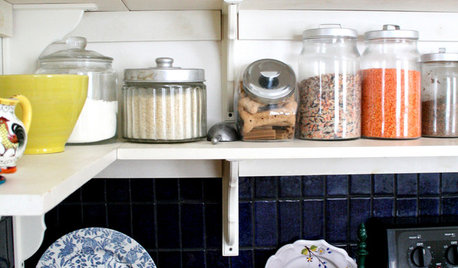
KITCHEN DESIGNDisplaying Kitchen Supplies — Hot or Not?
Do some kitchens just beg for a cozy row of canisters and gear for all to see? Have a look and let us know what you think
Full Story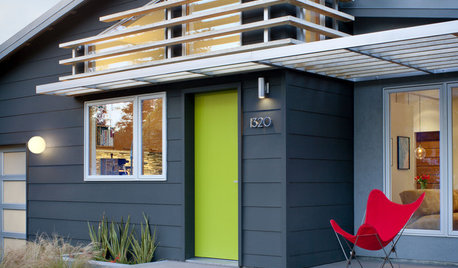
EXTERIORS17 Ways to Increase Your Home's Curb Appeal
The word on the street? Homes with appealing front views can sell faster, lift moods and convey a warm welcome
Full Story
CONTAINER GARDENS7 Deer-Resistant Flowers for Your Summer Containers
Grow these as protection for edibles or just for their colorful beauty — deer might not like them, but everyone else will
Full Story
GARDENING GUIDESAttract Hummingbirds and Bees With These Beautiful Summer Flowers
Roll out a welcome mat for pollinators to keep your landscape in balance and thriving
Full Story
FALL GARDENING9 Deer-Resistant Flowering Shrubs to Plant This Fall
These exquisite shrubs will attract your attention but won’t tempt the deer that roam your neighborhood at night
Full Story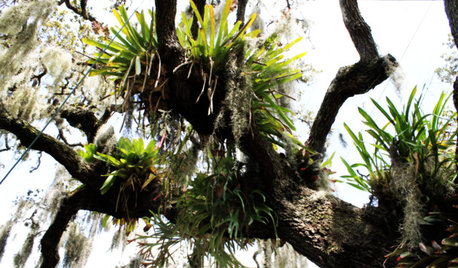
GARDENING GUIDESGot a Hot, Humid Landscape? Add Tropical Flair With Air Plants
Turn tree trunks and walls into lush canvases with plants adapted to the canopies of the rainforest
Full Story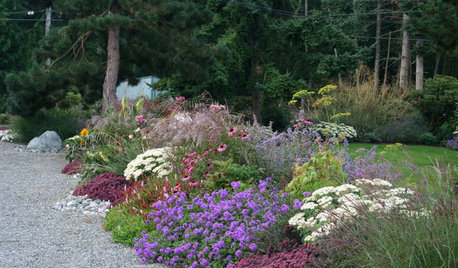
MOST POPULARHow to Design a Colorful Flower Bed
Fall planting: Delight the eye through 3 seasons with bright flowers placed just right. Late summer is the time to plan
Full Story
KITCHEN DESIGN6 Beautiful Blue-and-Wood Kitchens
Blue pairs perfectly with warm wood to create a colorful, rich combination that’s cool but never chilly
Full Story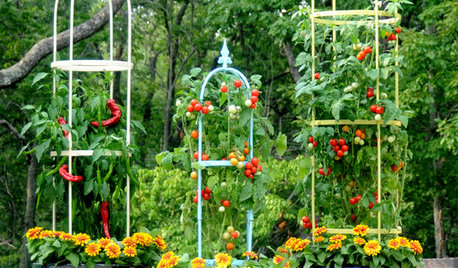
GARDENING GUIDES10 Container Gardens That Mix Edible and Ornamental Plants
Fruits, flowers, herbs and vegetables come together in potted combinations that are as pretty as they are productive
Full Story






John D Zn6a PIT Pa